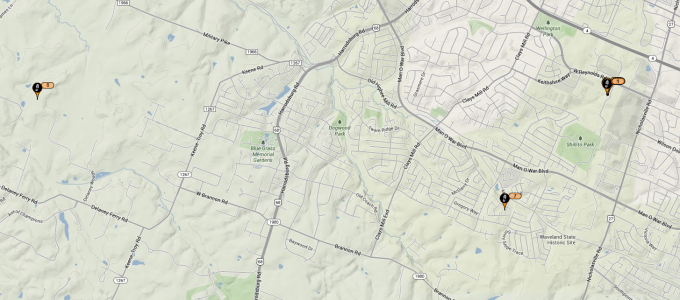Balloon-X is a high-altitude balloon flying the micro-meteorite capture mission. The flight string consists of five primary payloads, each separated by seven feet of paracord. The balloon is organized as follows, starting from the top:
- Balloon – latex weather balloon filled with helium
- Parachute – 6ft diameter parachute
- Imaging Assembly – This circular foam assembly serves two functions – it holds the parachute open during descent, and it contains two GoPro cameras and an inertial measurement unit (IMU). One GoPro is facing up, towards the balloon and parachute, and the other is facing down, towards the flight string. The IMU logs gyroscope, magnetometer, and accelerometer data for the duration of the flight.
- Space Cowboy – This foam enclosure houses the micro-meteorite capture experiment. The enclosure contains a still-shot camera, an Arduino microcontroller, a servo, and a deployable tray. The tray contains aerogel squares, each capable of capturing and holding captive micro-meteorites. At 60,000 feet, the tray will be deployed and left open until the payload reaches 70,000 feet, at which point it retracts the tray into a wrap-sealed environment to avoid contamination.
- Beacon – The beacon transmits a Morse code beacon every 10 seconds on 146.65 MHz to help with direction finding once near the payload on the ground.
- APRS – The Byonics Micro-Track All-In-One APRS solution incorporates a GPS receiver and radio into a single Pelican case, allowing for tracking of the balloon during flight.
- SPOT – The SPOT tracker sends it’s GPS location via satellite to a website, allowing for precise location of the final resting place of the balloon.
The mission launched on April 19th at 7 AM out of Shillito Park. The balloon should remain in flight for approximately 2 hours. After landing a search team will use coordinates from the SPOT and APRS to track and recover the balloon. Below is a map of the current flight path.


